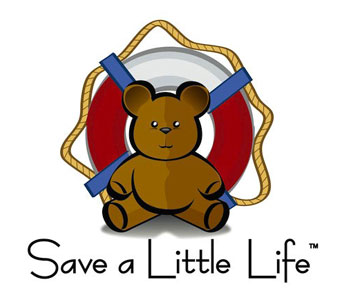DO CHILDREN TRANSMIT COVID-19?
There’s so much raging debate these days about whether or not it’s safe for schools to reopen. As we head into the final weeks of summer, deeper understanding of this issue clearly has implications for the opening of schools, daycare centers and summer activities such as camps, etc.
As parents, it might be helpful for you to know what researchers have discovered.
Until recently, we really didn’t know the extent to which children were the transmitters of the virus. The American Academy of Pediatrics provided some preliminary answers in the July issue of their journal Pediatrics. which featured a study by authors, Benjamin Lee, M.D. and William V. Raszka, Jr., M.D., both pediatric infectious disease specialists on the faculty of the University of Vermont’s Larner College of Medicine.
The issue of children infecting parents was an important consideration. The first indicators came from a Swiss study of confirmed cases of Covid-19, all of whom were children under the age of 16. Of the 39 households evaluated, contact tracing confirmed that only 8% of adult infections were transmitted by children to adults. This strongly suggested that the primary source of infection was the adult, not the child.
Other studies have shown similar results. A study that was conducted in China in January and February identified 65 confirmed Covid-19 cases where the children had been infected by an adult family member.
Another study was done in a school setting in New South Wales, Australia where confirmed cases included 9 students and 9 staff members, all of whom had close contact with the other 735 students and staff. That study stated that ”only 2 secondary infections were identified, including none of the adult staff.”
Researchers are still studying why children appear to be mostly non-transmitters.
Comments from the article suggested that “there should be strong consideration to develop strategies that allow schools to open.” As of now, this issue has been quite politicized which further divides our nation making it difficult to know how to proceed.
The article in its entirety can be viewed here.



